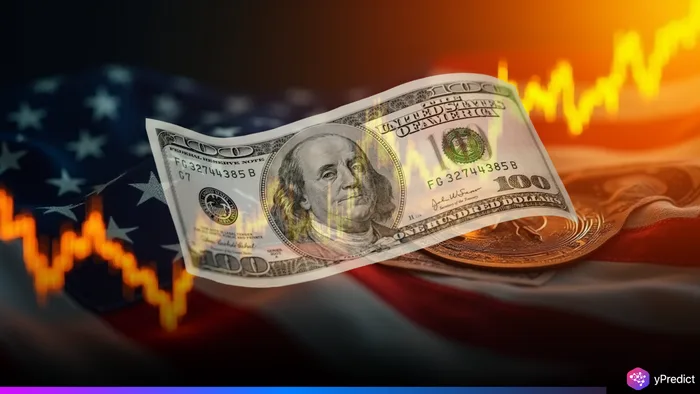
The US dollar got a boost on Friday as investors fled to safe-haven assets amidst escalating friction between Iran and Israel. However, despite the intervention, the sentiment in the market is signaling downside risks ahead for the greenback.
Geopolitical Tensions Drive Safe-Haven Surge
The dollar index (DXY), which tracks the USD against six major global currencies, rose 0.3% to 98.19 bouncing back from a three-year low earlier in the week.
This rebound followed Israeli Prime Minister Benjamin Netanyahu’s announcement of a targeted military operation aimed at Iran’s nuclear and ballistic missile infrastructure. In retaliation, Iran launched over 100 drones and later confirmed ballistic missile strikes on Israeli territory.
Washington Stays on the Sidelines
US Secretary of State Marco Rubio explained that the United States had nothing to do with the Israeli strikes and that the United States’ primary determination was to protect American Forces in the region.
The war has shocked global markets and prompted a flight to perceived safe-haven currencies. The US dollar rose 0.1% against the Swiss franc and 0.4% against the Japanese yen-currencies that are desirable by investors during periods of geopolitical uncertainty.
Dollar Faces Structural Pressures
Friday’s gains highlight the USD’s safe-haven appeal, but analysts remain wary of its long-term outlook. Expectations of Federal Reserve rate cuts and political uncertainty surrounding the Trump administration continue to pressure the greenback.
A recent Bank of America survey shows short positions on the dollar remain one of the most crowded trades globally, signaling persistent bearish sentiment even amid this week’s bounce.
What Lies Ahead?
In the short term, the dollar could remain strong if geopolitical conditions worsen or escalate, but without continued geopolitical friction, or a reversal in Fed rate-cut expectations, analysts anticipate more downside than upside for the USD.
The next FOMC meeting, and inflation print, should dictate the Fed’s next move and the future of the USD.







